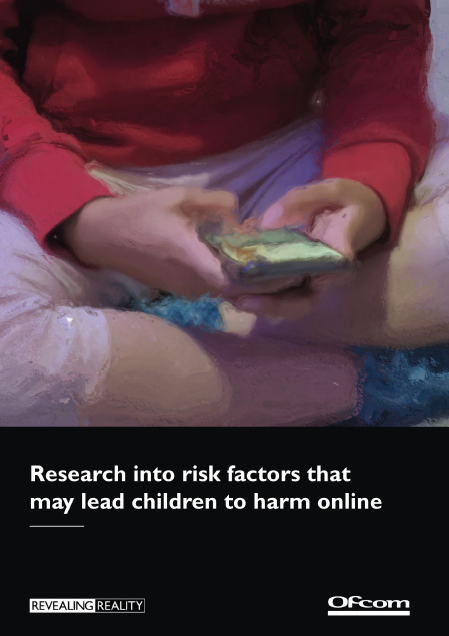Ahead of Ofcom’s anticipated responsibilities to regulate online safety, the regulator commissioned Revealing Reality to explore what made children more or less likely to experience online harm.
Experiences of online harm go beyond what children see and say they do online
Experiences of online harm are complex and go beyond what children see and say they do online. We designed this research to capture this complexity, using an ethnographic approach to observe children’s online behaviours, attitudes and experiences within the context of their lives. To mitigate the limitations of self-report, we used social media tracking, screenshots, media diaries, and face-to-face or online interviews. We spoke to 42 children, aged seven to 17, and their parents or carers to understand their experiences of the online world, including any harm they may have experienced.
Getting beyond the idea that certain content ‘causes’ harm
To move beyond the idea that particular types of content always ‘cause’ harm – which the research does not support – this project uses a framework that draws a distinction between hazards, risks and harms, and explains why harm occurs sometimes but not others.
We explored instances when children had been harmed and worked backwards to identify the hazards – usually content – that have the potential to cause harm and the risk factors that made harm more likely.
The likelihood of harm increases with certain risk factors
This means that children can be exposed to the same content, but the likelihood of harm, and severity will differ depending on the risk factors present. The research identified a range of risk factors associated with the child’s circumstances and characteristics, the platforms on which they were spending time, and the nature of the content they were consuming.
The most severe harm followed cumulative exposure to certain content, not one-off incidents
When asked about online harm, children were most likely to recall and recount exposure to a single, often shocking, piece of content, such as a violent or sexual video. But the research found that although it was immediate, this kind of harm was usually relatively transient. More significant harm was seen to occur when children had cumulative exposure to hazardous content over time.
Sometimes this was ‘passive’ exposure, for example a high volume of body-focused content in their social media feeds. Sometimes it was more ‘active’ exposure, often when the child had sought out content that they initially found supportive, but which they reflected had become harmful over time, for example participating in communities around disordered eating. Significantly, much of this content would not contravene platform guidelines.

